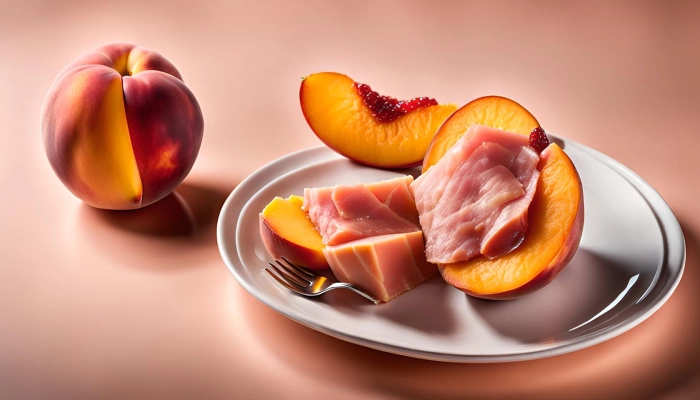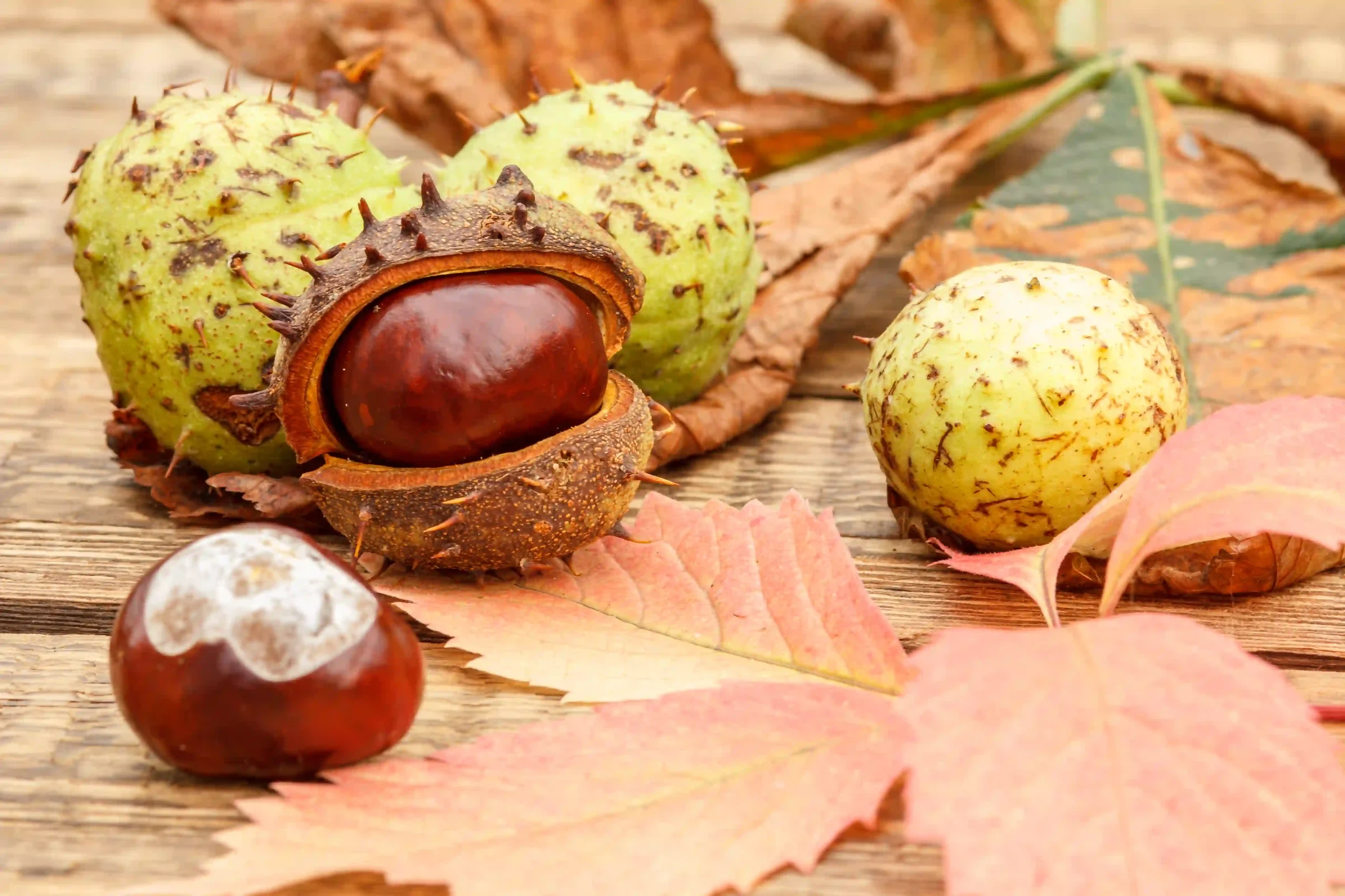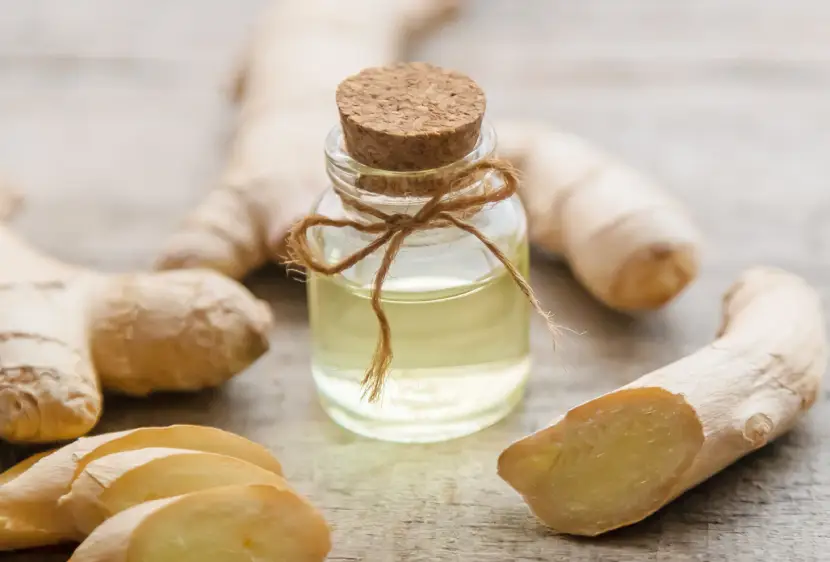Hey there, health nuts and food label detectives! Today, we’re diving deep into the world of erythorbic acid. It’s that mysterious ingredient you’ve probably spotted on food labels but never gave much thought to. Well, buckle up, buttercup, because by the end of this article, you’ll be ready to drop some knowledge bombs at your next dinner party.
What in the World is Erythorbic Acid?
Let’s start with the basics: what is erythorbic acid? No, it’s not the name of a new indie band (though it totally could be). This acid, also known as D-isoascorbic acid or D-araboascorbic acid, is a food additive that’s been chilling in our grub for quite some time now.
This little molecule is like the cool cousin of vitamin C. It’s got a similar chemical structure to ascorbic acid (aka vitamin C), but it’s not quite the same. Think of it as the hipster version – similar vibes, but with its own unique twist. But don’t worry, we’ll dive deeper into the erythorbic acid vs ascorbic acid showdown later.
Where Does it Come From?
Now, you might be wondering, “Where does erythorbic acid come from?” Is it mined from the depths of the earth? Harvested from some exotic fruit? Nope! This bad boy is usually synthesized in a lab, typically from sugars like sucrose or glucose. It’s like a science experiment you can eat!
But don’t let its lab-grown origins scare you off. This acid is found naturally in some fruits and veggies too, just in smaller amounts. It’s like nature’s way of saying, “Hey, I thought of it first!”
What Does it Do to the Body?
Alright, so we know what this acid is and where it comes from. But what does erythorbic acid do to the body? Is it going to turn you into a superhero? Give you x-ray vision? Sadly, no (but how cool would that be?).
This acid’s main job in your body is to act as an antioxidant. It’s like a tiny little bodyguard, fighting off those pesky free radicals that can cause damage to your cells. But before you start chugging erythorbic acid smoothies, keep in mind that its antioxidant powers aren’t quite as strong as its cousin, vitamin C.

One thing to note: while erythorbic acid is similar to vitamin C, your body doesn’t use it in the same way. So don’t count on it to ward off scurvy if you’re planning a long sea voyage, savvy?
Uses: The Jack-of-All-Trades in Your Pantry
Now, let’s talk about erythorbic acid uses. This stuff is like the Swiss Army knife of food additives. Its main gig? Keeping your food fresh and fabulous. Here are some of the key erythorbic acid uses:
- Preservative Extraordinaire: Erythorbic acid is a pro at preventing food from turning into a science experiment in your fridge. It helps keep that leftover pizza looking (and tasting) just as delicious as the day you ordered it.
- Color Guard: Ever wonder how that sliced apple in your kid’s lunchbox stays crisp and white? Thank erythorbic acid! It’s a master at preventing browning in fruits and veggies.
- Flavor Saver: This stuff is like a time machine for your taste buds. It helps preserve the flavor of your food, so that canned soup tastes just as good as the day it was made.
- Meat’s Best Friend: In the world of processed meats, erythorbic acid is a superstar. It helps keep that ham looking pink and appetizing, rather than turning into a sad, grey shadow of its former self.
The Hidden Ingredient in Your Favorite Snacks
You might be surprised to learn just how much erythorbic acid in food there is. This sneaky little additive is hiding in plain sight in many of your favorite treats. Let’s play a game of “I spy erythorbic acid”:
- Canned fruits and vegetables: Keeping your peas perky and your peaches peachy.
- Soft drinks: Yep, there’s erythorbic acid in Mountain Dew! It’s what keeps that neon goodness tasting fresh.
- Processed meats: Hot dogs, anyone?
- Jams and jellies: Spreading the love (and preservation).
- Frozen fruits and vegetables: Keeping your smoothie game strong.
Speaking of soft drinks, let’s take a moment to address the burning question: why is there erythorbic acid in Mountain Dew? Well, my fellow soda enthusiasts, erythorbic acid in Mountain Dew serves as a preservative. It helps maintain the flavor and color of your favorite neon-green beverage, ensuring that every sip is as “Dew-licious” as the last.
Is it Safe? The Million Dollar Question
Now, I know what you’re thinking. “Sure, it sounds great, but is erythorbic acid safe?” Well, my dear worried reader, let me put your mind at ease.

Erythorbic acid has been given the thumbs up by food safety authorities worldwide. The FDA has classified it as “Generally Recognized as Safe” (GRAS). That’s basically the food additive equivalent of getting a gold star from your teacher.
But, as with anything in life, moderation is key. While erythorbic acid is considered safe for most people, some folks might experience side effects if they go overboard. We’re talking minor stuff like stomach upset or headaches. So maybe don’t challenge your friends to an erythorbic acid eating contest, okay?
Erythorbic Acid vs Ascorbic Acid: The Showdown
Let’s take a moment to settle the this debate. These two are often mistaken for each other, like the Mary-Kate and Ashley of the food additive world. But they’re not identical twins.
While both act as antioxidants and preservatives, ascorbic acid (vitamin C) is the overachiever of the family. Your body can use it for all sorts of important functions, from boosting your immune system to helping you absorb iron.
Erythorbic acid, on the other hand, is like the laid-back sibling. It’s great at preserving food, but your body doesn’t really know what to do with it beyond that. It’s like showing up to a party with a unicycle – fun, but not particularly useful.
Side Effects: The Not-So-Fun Stuff
Now, let’s address the elephant in the room – erythorbic acid side effects. While this additive is generally considered safe, some people might experience a few hiccups:
- Tummy Troubles: In large amounts, erythorbic acid might cause some digestive discomfort. Nothing major, just a reminder to not go overboard.
- Headaches: Some folks report headaches after consuming foods high in erythorbic acid. But let’s be real, that might just be from trying to pronounce “erythorbic” too many times.
- Vitamin C Confusion: Your body might mistake erythorbic acid for vitamin C, which could theoretically lead to a vitamin C deficiency if you’re relying on fortified foods for your intake. But unless you’re living off nothing but canned goods and soda, this isn’t likely to be an issue.
Dangers: Separating Fact from Fiction
Now, you might have heard some whispers about erythorbic acid dangers. But before you start panic-tossing everything in your pantry, let’s separate fact from fiction.
The truth is, for most people, erythorbic acid is about as dangerous as a kitten in a sweater. The amounts used in food are well within safe limits, and unless you have a specific sensitivity, you’re unlikely to experience any problems.
Some folks worry about the “artificial” nature of erythorbic acid. But remember, “natural” doesn’t always mean safe, and “artificial” doesn’t always mean dangerous. Erythorbic acid has been extensively studied and deemed safe for consumption.
That being said, if you have any concerns about erythorbic acid or any food additive, it’s always a good idea to chat with your doctor or a registered dietitian. They can give you personalized advice based on your individual health needs.
How to Spot this Acid in Your Food
Alright, now that you’re an erythorbic acid expert, you might be wondering how to spot it in your food. Here’s a pro tip: look for it on the ingredient list! It might be listed as:
– Erythorbic acid
– D-isoascorbic acid
– D-araboascorbic acid
Remember, seeing this acid on a label doesn’t mean you should avoid the product. It’s just doing its job to keep your food fresh and tasty.
The Lowdown on this Acid’s Uses
We’ve touched on this before, but let’s dive a little deeper into what this acid is used for. This versatile little molecule has a few tricks up its sleeve:
- Antioxidant Power: This acid is a potent antioxidant, which means it helps protect your food from oxidation. This is why it’s often used in meat products – it keeps them looking fresh and appetizing.
- Color Preservation: Nobody wants to bite into a brown apple, right? This acid helps prevent enzymatic browning in fruits and vegetables, keeping them looking fresh and appealing.
- Flavor Protection: By preventing oxidation, this acid also helps preserve the flavor of your food. It’s like a time capsule for taste!
- Vitamin C Booster: While this acid itself isn’t used by your body like vitamin C, it can help protect and preserve the actual vitamin C in your food.
A Day in the Life
Ever wondered what a day in the life of erythorbic acid looks like? Let’s follow our little molecule friend through a typical day:

Morning: Wake up in a can of sliced peaches, keeping them looking peachy keen.
Afternoon: Hang out in some deli meat, ensuring it stays fresh and pink.
Evening: Chill in a bottle of Mountain Dew, preserving that signature citrus kick.
Night: Work the late shift in some frozen veggies, making sure they’re ready for tomorrow’s stir fry.
Pretty busy schedule, huh? This acid is working hard 24/7 to keep your food fresh and tasty.
The FAQ Session
Let’s tackle some frequently asked questions about our friend erythorbic acid:
Q: Is this acid natural?
A: While this acid can be found in small amounts in some fruits and veggies, the stuff used in food production is usually synthesized in a lab.
Q: Can this acid replace vitamin C in my diet?
A: Nope! While they’re similar, your body doesn’t use this acid the same way it uses vitamin C. Stick to your oranges for that vitamin C boost.
Q: Is this acid vegan?
A: Yes! This acid is typically synthesized from plant-based sources like corn or beets.
Q: How much of this acid is safe to consume?
A: The FDA hasn’t set a specific limit for erythorbic acid consumption, but it’s considered safe at the levels typically used in food.
The Future of Erythorbic Acid
So, what’s next for our little molecule friend? As consumers become more interested in “clean label” products, some food manufacturers are looking for alternatives to this acid. However, given its effectiveness and safety record, this acid is likely to stick around for a while.
Who knows? Maybe in the future, we’ll see this acid branching out into new areas. Erythorbic acid skincare, anyone? (Disclaimer: That’s not a thing… yet.)
Wrapping Up: The Erythorbic Acid Lowdown
Well, folks, we’ve been on quite a journey through the world of erythorbic acid. From its origins to its uses, from its benefits to its potential side effects, we’ve covered it all. So, what’s the takeaway?
Erythorbic acid is a hardworking food additive that helps keep our food fresh, tasty, and appealing. While it’s not without its critics, scientific consensus is that erythorbic acid is safe for most people when consumed in normal amounts through food.
Remember, if you have any concerns about erythorbic acid or any other food additive, it’s always best to consult with a healthcare professional. They can provide personalized advice based on your individual health needs and dietary requirements.
So, the next time you spot “erythorbic acid” on a food label, you can nod knowingly. You’re not just a consumer anymore – you’re an erythorbic acid connoisseur. Now go forth and impress your friends with your newfound food additive knowledge!
And who knows? Maybe the next time someone asks “What is erythorbic acid?”, you’ll be the one with all the answers. Just remember to breathe between sentences – there’s a lot to cover!
In the grand buffet of food additives, erythorbic acid might not be the flashiest dish on the table, but it’s certainly pulling its weight. It’s the unsung hero of your pantry, the silent guardian of your snacks, the watchful protector of your Mountain Dew.
So here’s to you, erythorbic acid. May your electrons stay unpaired and your foods stay fresh. You might not be the additive we deserved, but you’re definitely the one we needed.
And there you have it, folks! Everything you ever wanted to know about erythorbic acid (and probably a few things you didn’t). Next time you’re enjoying a perfectly preserved piece of fruit or a satisfyingly fizzy soft drink, give a little nod to erythorbic acid. It might not nod back, but hey, it’s the thought that counts!



